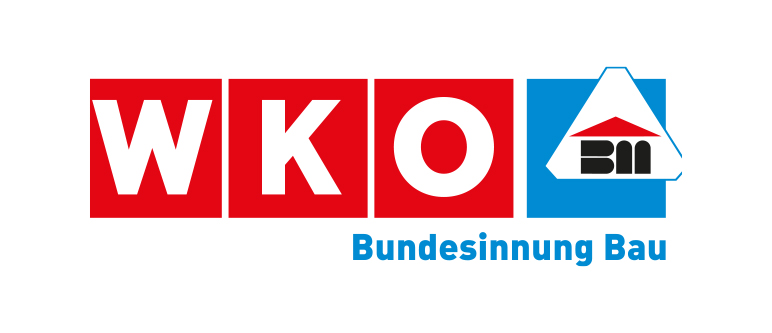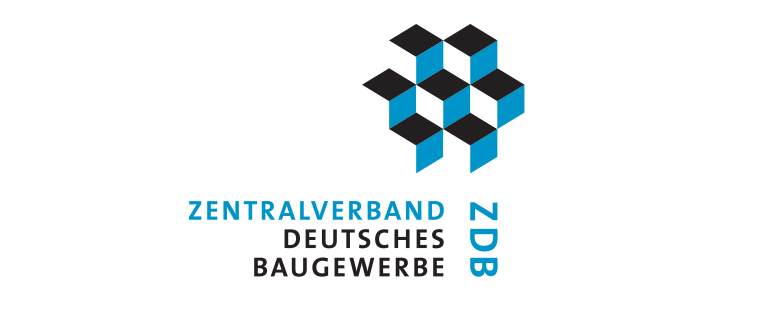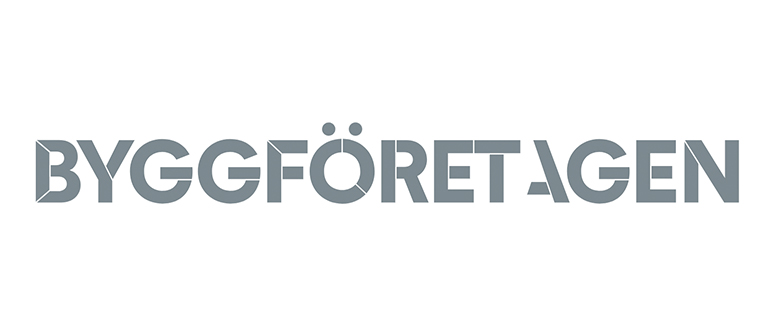Overall construction activity
The Danish economy was very stable before the corona pandemic and the pandemic did not hit the economy as hard as other countries. In 2021 the GDP increased by 4.7%.
The Danes had very high-level savings, which they invested in new houses or reparation of existing homes. But the Russian invasion in Ukraine has consequences for the forecast for the year. Before the war and sanctions against Russia, the expected growth in GDP was 2.9% in 2022 and 1.8% in 2023. The war and sanctions are expected to affect the expectations of growth, and how much it affects depends on the duration of war and trade relations with Russia. When looking at estimates for GDP growth, three different scenarios are taken into account. It is expected that GDP will decrease by 0.5% to 2.6% depending on the duration of war and the scope of sanctions.
Housebuilding
During the pandemic, the Danes invested in a record number of housing
High incomes and saving rates and the low interest rates have led to strong house-price increases in whole country, primarily in the major urban areas. The price of single-family houses rose by 9% between February 2021 and February 2022. During the same period, prices on owner-occupied apartments rose by 7 %. The very high trade activity generates also high activity in the renovation market because people often renovate when they sell or buy houses.
The residential construction rose significantly from 2015 to its peak in 2018-21. The total building starts of dwellings tripled from 20.775 in 2015 to 37.000 in average from 2019 - 2021. In 2022-2023 it is expected that the total building starts of dwelling to be about 35.000.
The activity of Rehabilitation and maintenance works is less volatile and is an important part of construction employment. As a part of the response to the Covid-19 crisis retaliation, an energy renovation scheme of the social housing sector has been agreed (4 billion Euros in 2020-2021 of which almost 2.5 billion Euros upfront in 2020-2026, funded by the renters´ savings via “Landsbyggefonden”).
GDP 2021
BILLION
POPULATION 2021
Total investment in construction in 2021
BILLION
Non-residential construction
Business investments in non-residential buildings declined to a historically low level during the financial crisis in 2009-2013 but have picked up at moderate speed since.
In contrast to our expectations, private financed non-residential construction increased by 6.0% in 2021 and is expected to decrease by 2.2% in 2022 and by 1.0% the following year. The public financed non-residential construction increased by 6.0% in 2021 and is expected to decrease by 2.2% in 2022 and 0.6% in 2022.
Civil engineering
Civil engineering is not as affected by the pandemic. The market is characterised by different trends. It is expected that the activity level would be high due to the green transition, as there will be higher investments in supply of water and wastewater, energy, and digital infrastructure. In road transport, the number of complete projects is greater than the number of new projects.
Construction on the Femern Belt Tunnel connecting Denmark and Germany, originally planned for 2016, will start in 2021. The tunnel should be completed by 2028. Its estimated cost is approximately 8 billion Euros.
The Danish government adopted a long-term infrastructure plan towards 2035 in 2021, where it plans to use approximately 14 billion Euros on investments in infrastructure over the next 15 years.
| Per cent variation of investment in real terms on previous year | |||||||
| investment Mln. € fixed prices | |||||||
| Sectors | 2021a | 2018 | 2019 | 2020 | 2021a | 2022a | |
| 1. | Building | 24,394 | 3.5 | 2.6 | 9.3 | 6.0 | 0.4 |
| 1.1. Housebuilding | 15,203 | 4.77 | 4.72 | 10.06 | 6.00 | 2.00 | |
| 1.1.1. New | 6,994 | 7.4 | 4.7 | 23.5 | 6.0 | 6.0 | |
| 1.1.2. Renovation | 8,210 | 3.0 | 4.7 | 0.7 | 6.0 | -1.4 | |
| 1.2. Non residential (c) | 9,190 | 1.5 | -0.8 | 8.1 | 6.0 | -2.2 | |
| 1.2.1. Private | 5,055 | 1.5 | -0.8 | 8.1 | 6.0 | -2.2 | |
| 1.2.2. Public | 4,136 | 1.5 | -0.8 | 8.1 | 6.0 | -2.2 | |
| 2. | Civil Engineering | 7,070 | 3.1 | 0.1 | 14.7 | 11.0 | 4.5 |
| (1 + 2) | Total Construction | 31,464 | 3.4 | 2.0 | 10.4 | 7.1 | 1.3 |
| a: estimate - b: forecast - c: incl. R&M | |||||||
2018201920202021a2022b6.2226.1676.5077.640n/a33.17530.18322.20014.295n/a1.9682.4081.6701.384n/a41.36538.75830.37723.319n/a
| Number of building permits in residential construction | |||||||
| 2018 | 2019 | 2020 | 2021a | 2022b | |||
| single dwelling | 6.222 | 6.167 | 6.507 | 7.640 | N/A | ||
| collective dwelling | 33.175 | 30.183 | 22.200 | 14.295 | N/A | ||
| other types of dwelling | 1.968 | 2.408 | 1.670 | 1.384 | N/A | ||
| Total | 41.365 | 38.758 | 30.377 | 23.319 | N/A | ||
| (Collective dwellings and other types of buildings: in number of flats) | |||||||


































